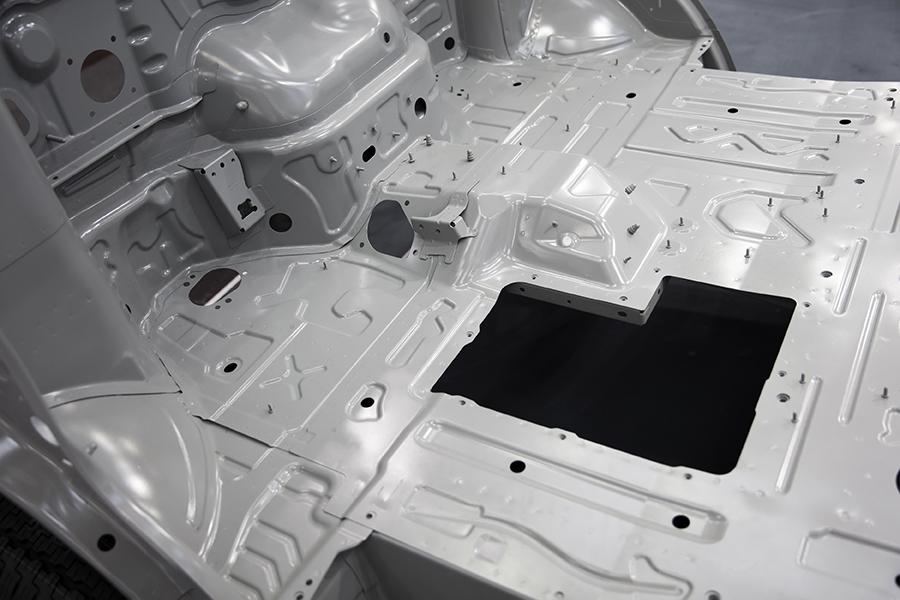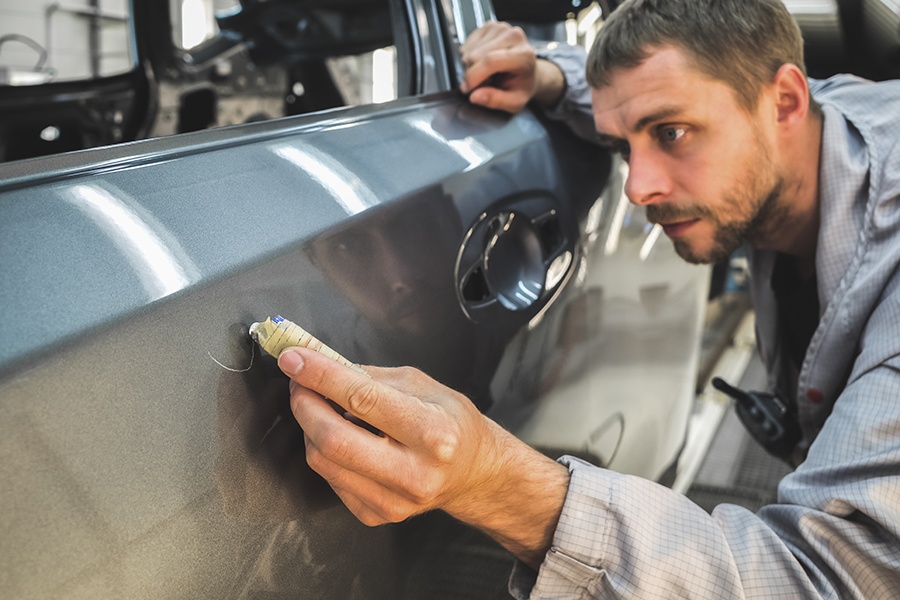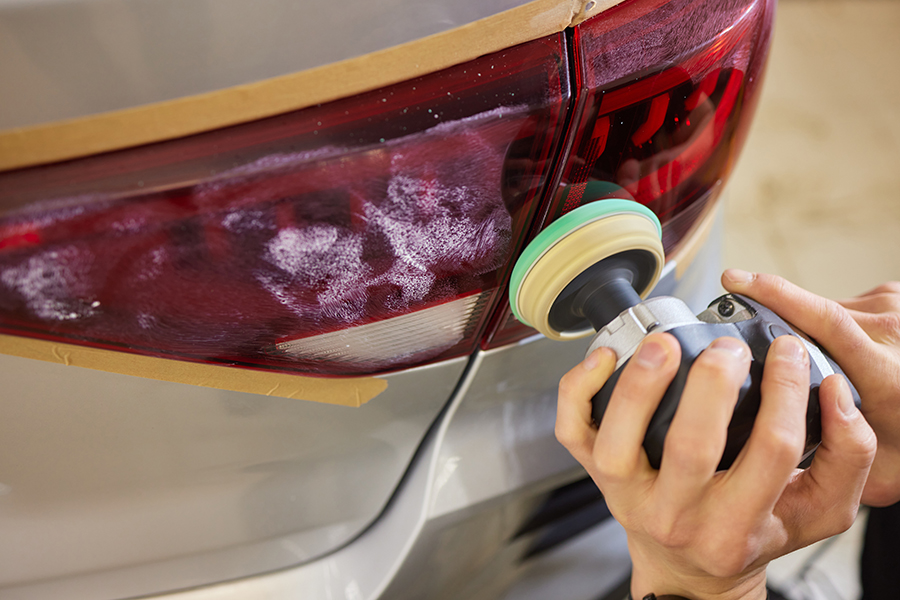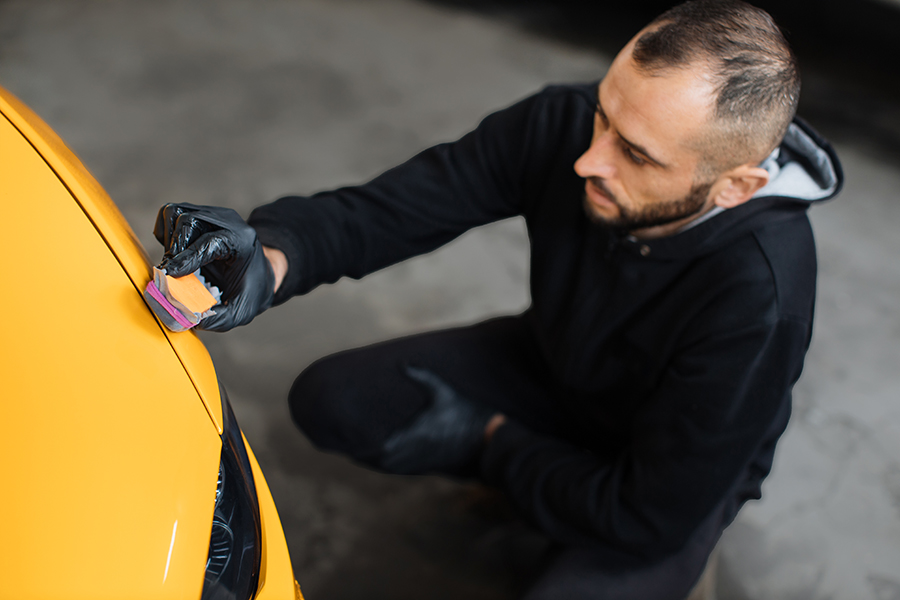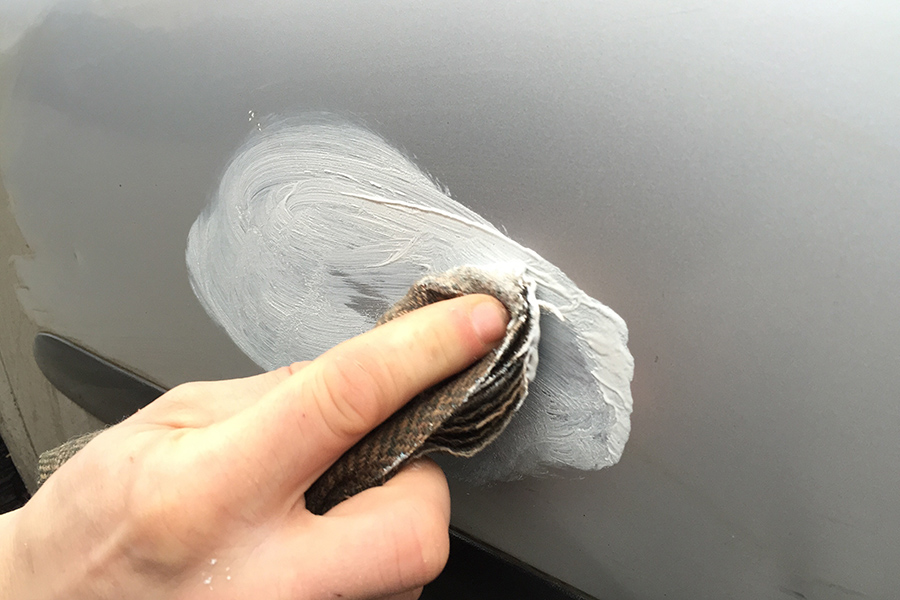Fixing dents in aluminum panels isn't new, but it's gotten way cooler with today's tools and techniques. Back in the day, a dent in your car meant a trip to the shop and a hefty bill. Now, with some know-how, you can tackle aluminum panel dent repair yourself. It’s not just about saving money; it’s about understanding your ride and keeping it looking sharp. Whether it’s a tiny ding from a shopping cart or a bigger bump from a fender bender, getting those dents out has become an art form. Let’s dive into how you can make your car’s aluminum panels look like nothing ever happened.
Key Takeaways
- Aluminum panels are different from steel, needing special care in repairs.
- Fixing dents in aluminum is harder than in steel because it doesn't remember its shape as well.
- Paintless Dent Repair (PDR) is a good way to fix aluminum dents without messing up the paint.
- Experts use special tools and methods for aluminum dent repair to avoid more damage.
- Our services offer skilled repair for aluminum panels, using the right techniques.
- If your car has an aluminum panel dent, getting professional help is the best choice.
Understanding Aluminum Panels
Types of Automotive Aluminum
Cars use different types of aluminum. The 5000 series and 6000 series are common. They differ in strength and flexibility. The 5000 series is more flexible. The 6000 series is stronger.
Manufacturers prefer aluminum for car panels. It's because aluminum is light and strong. This makes cars lighter and saves fuel.
Grades of Aluminum Panels
Aluminum panels come in various grades. 5052, 6061, and 7075 are examples. Each grade suits different car parts. For example, 5052 is often used in body panels for its formability, while 6061 and 7075 are preferred for their increased strength in structural components.
The grade of aluminum affects how we fix dents. Higher-grade aluminum can be tougher to repair due to its strength.
Aluminum Corrosion Issues
Aluminum reacts with moisture and air. This can cause corrosion. Proper coating and sealing are important to prevent this.
Signs of aluminum corrosion include spots or bubbling on the panel surface. It's crucial to address these signs early to avoid further damage.
Challenges in Repairing Aluminum Dents
Lack of Metal Memory
Metal memory refers to a metal's ability to return to its original shape after being dented. Unlike steel, aluminum has a poor metal memory. This makes it harder to repair. When an aluminum panel gets dented, it doesn't easily pop back into place. This difference creates a big challenge for repair technicians. They must use more time and skill to fix aluminum dents.
Repairing aluminum requires more precision. It can't rely on the metal's memory to help shape it back. This often leads to longer repair times compared to steel.
Increased Stiffness
Aluminum is stiffer than many other metals used in car panels. Its stiffness means that when it dents, the damage is often more severe. It also means special tools are needed. These tools must be strong enough to handle aluminum's resistance.
Compared to steel, aluminum's stiffness complicates repairs. Technicians need specific training to work with these tools effectively. The right equipment is essential for reshaping aluminum without causing more damage.
Structural Realignment
Structural realignment involves adjusting the frame and body of a car so everything fits perfectly again. For aluminum panels, this process is crucial. Aluminum's properties require repairs to be extremely precise. Even a small mistake can affect the car's overall structure.
Technicians use advanced techniques for realignment. They must ensure every part aligns just right. This precision keeps the car safe and looking good as new.
Paintless Dent Repair (PDR) for Aluminum
PDR Steps Overview
The first step in Paintless Dent Repair (PDR) is assessing the dent. This is crucial. Experts look at the dent's size, depth, and location. They decide if PDR is the right choice. Most times, it is.
Next, they use specialized tools made just for aluminum. These tools can push or pull the dent back into place without harming the paint. It's a careful process. Each move is precise.
Glue Pulling Technique
The glue pulling technique is a popular method for fixing dents in aluminum panels. Here’s why it works well: aluminum's unique properties respond better to pulling rather than pushing.
This technique involves:
- Applying a special glue to a tab.
- Attaching the tab to the dent.
- Using a pulling tool to lift the dent out.
It’s gentle on the car’s paint and very effective for shallow and wide dents.
Special Tools for Aluminum
Aluminum repair needs its own set of tools. Why? Because aluminum has a memory. It wants to go back to its original shape. But, it's also easy to mark or damage with the wrong tools.
e essential tools include:
- Soft tip hammers and rods designed not to leave marks.
- Heat guns to warm up the metal, making it easier to reshape.
- Specially coated blending hammers that prevent additional damage.
Using standard steel tools can harm aluminum panels. They might create more problems than they solve.
Expert Repair Techniques
Unique Dent Repair Methods
Heat and cold treatments are innovative ways to fix dents on aluminum panels. They work by expanding or contracting the metal, making it easier to reshape. This method is gentle on the panel.
Laser technology represents a cutting-edge approach in aluminum repair. It allows for precision in fixing dents without harming the surrounding areas. This technology is fast and efficient.
These methods are beneficial because they offer a non-invasive repair option. They preserve the original structure of the panel. This is crucial for maintaining the vehicle's value.
Handling Tips for Aluminum
Handling aluminum panels requires care to avoid further damage. Always use soft gloves to protect the surface from scratches.
During repair, it's important to use tools that are specifically designed for aluminum. This prevents additional harm to the panel. For protection, cover surrounding areas with a soft cloth.
When storing or transporting aluminum panels, keep them in a dry place. Use padding to prevent them from bumping into each other. This minimizes the risk of creating new dents or scratches.
When to Replace Panels
e signs indicate a panel should be replaced rather than repaired. Deep creases or tears are often beyond repair. If you see these, consider replacement.
Performing a cost-benefit analysis can help decide between repair and replacement. Sometimes, replacing a severely damaged panel is more cost-effective than attempting repairs.
Severe damage not only affects the appearance but also the vehicle's safety. In such cases, replacing the panel is essential for maintaining structural integrity.
Our Repair Services
Full Assessment
We begin with a thorough examination of your vehicle's aluminum panels. This step ensures we understand the extent of the damage.
Our team looks at every dent, scratch, and imperfection. They use special tools to see even the smallest issues. This careful check helps us plan the best repair method.
Custom Repairs
Each aluminum panel repair is unique. We tailor our approach to fit the specific needs of your vehicle.
For small dents, we often use a technique that doesn't need paint. This method keeps your car's original look. For bigger damages, we might need to do more complex repairs. Our team has the skills for both simple and tough jobs.
Expert Team
Our technicians have years of experience with aluminum panels. They know how to fix them without causing more harm.
They've worked on many cars, from family vehicles to luxury models. Their knowledge ensures your car is in good hands. We're proud of our team's ability to handle any challenge.
Quality Guarantee
We stand by our work with a solid warranty. If you're not happy with our repair, we'll make it right.
This promise shows our commitment to quality service. We want you to feel confident in choosing us for your repair needs.
Summary
Aluminum panel dent repair might sound like a tough cookie, but with the right know-how and a bit of elbow grease, it's totally doable. Whether you're dealing with a pesky dent that's spoiling your car's sleek look or you're in the biz of making rides look pristine again, understanding the ins and outs of aluminum panels, the challenges they pose, and the expert techniques to fix 'em is key. From DIY paintless dent repair (PDR) tricks to knowing when to call in the pros, we've covered what you need to dive into the world of aluminum dent magic.
Got a dent that's cramping your style? Don't let it. Reach out to our repair services where experts are ready to bring back that flawless finish. Remember, it's not just about fixing dents; it's about restoring pride in your ride. So, give us a shout, and let's make those dents history.
Frequently Asked Questions
Can aluminum panels be repaired after a dent?
Absolutely! Aluminum panels can indeed be repaired, though the process might be a bit more intricate compared to steel due to its unique properties.
What makes repairing aluminum dents challenging?
Aluminum doesn't have the same memory as steel, making it tougher to return to its original shape. Plus, it's prone to cracking if not handled with expertise.
Is Paintless Dent Repair (PDR) effective on aluminum panels?
Yes, PDR can work wonders on aluminum, but it requires a skilled hand. The technique is delicate and demands precise tools and knowledge.
What are some expert techniques for repairing dents in aluminum?
Experts often employ specialized tools and methods like heat treatment along with PDR to carefully massage the aluminum back into place without damaging the panel.
How do I know if my vehicle's aluminum panel can be repaired?
The best bet is to consult with a professional. They can assess the damage and determine if repair is feasible, considering factors like the dent's depth and location.
Do you offer services for repairing dents in aluminum panels?
We sure do! Our team is equipped with the right tools and expertise to handle even the most challenging aluminum panel repairs.
